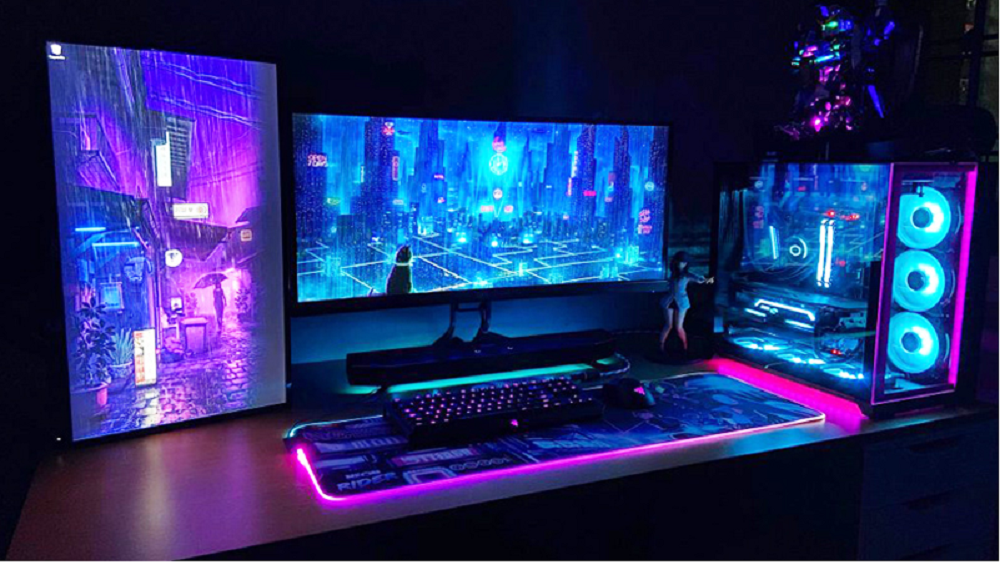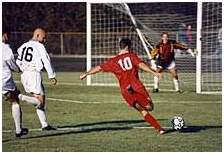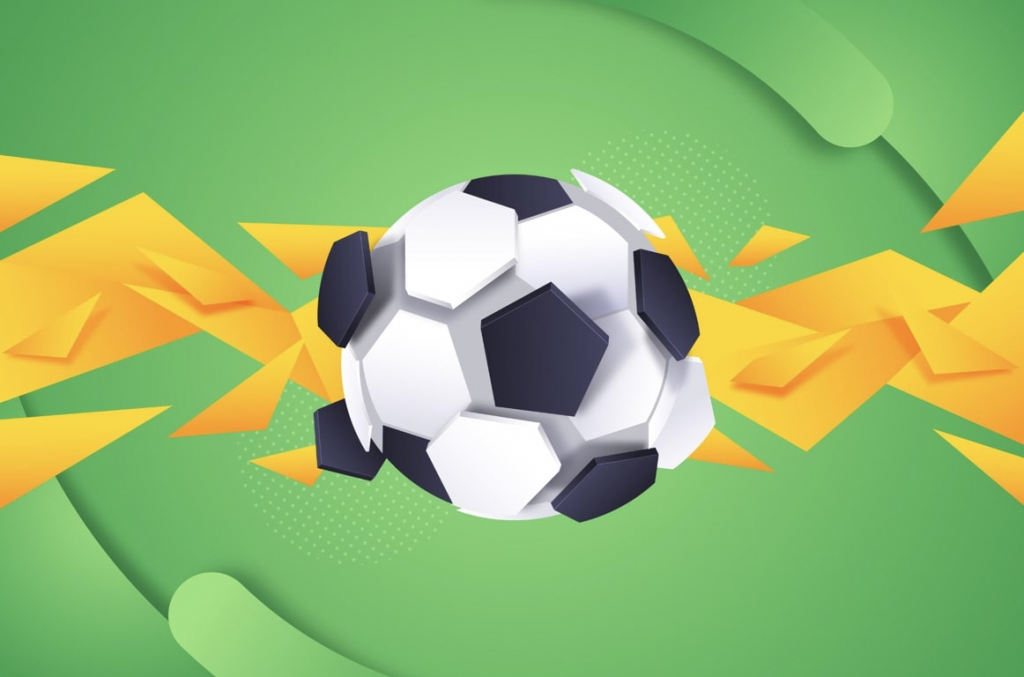There was a time when building a PC was an incredibly complicated task. The process required specialized tools, a deep understanding of the technology, and perhaps even a computer science degree. But a lot has changed, and today the industry is so user-friendly that just about anyone can build their own gaming PC.

Here are some tips on how to build your own PC from scratch.
Sourcing The Right Parts
Sourcing PC parts is the most time-consuming aspect of the process. The biggest thing to keep in mind here is that there’s no rush. There will always be parts available, they are very unlikely to be sold out, and making a mistake can be annoying. What you will need is; a motherboard, RAM, a CPU, a GPU, an SSD, a power supply, a case, a screen, and a mouse and keyboard.
The obvious factor to keep in mind is that price virtually always dictates the potential of the part. However, it also needs to be kept in mind that the best parts on the market are not at all necessary for a powerful system. In fact, parts that are referred to as mid-range will still be dramatically better than the most current consoles.
Be sure to also keep in mind that a CPU requires a certain socket on the motherboard. Also, remember that RGB lighting is entirely cosmetic.
Assembling The Parts
Once you’ve decided on parts, it is now time to assemble them. This is not at all as complicated as it seems, with manufacturers specifically designing components to fit together easily. Before you start assembling be sure to have a clear workspace available, good lighting, and a screwdriver. Many cases and components are designed to not even require a screwdriver these days, but it pays to be safe.
Start with the motherboard. The CPU, RAM, and GPU should all be inserted before putting the motherboard in the case. The power supply should be inserted into the case before inserting the motherboard. The GPU and RAM must be slotted firmly into their ports, with RAM in particular needing more force than some assume. Cables from the power supply must be fitted to the motherboard and the GPU.
Once everything is assembled you’re just about ready to go. You’ll soon be ready to hit Lucky Creek Casino, the latest games, or whatever you prefer.
Troubleshooting
If you hit the on button and nothing happens, don’t panic. First and foremost, check that all the parts are incorrect. RAM must be pushed down until it clicks. The CPU fan must make a snug, proper connection with the CPU. Power supply cables must fit firmly.
If you still have problems try and understand the nature of the issue. If the PC does not respond at all the problem lies within the components. Recheck connections, ensure that everything is connected, and try again. If all else fails don’t be afraid to Google your problem for further advice.

